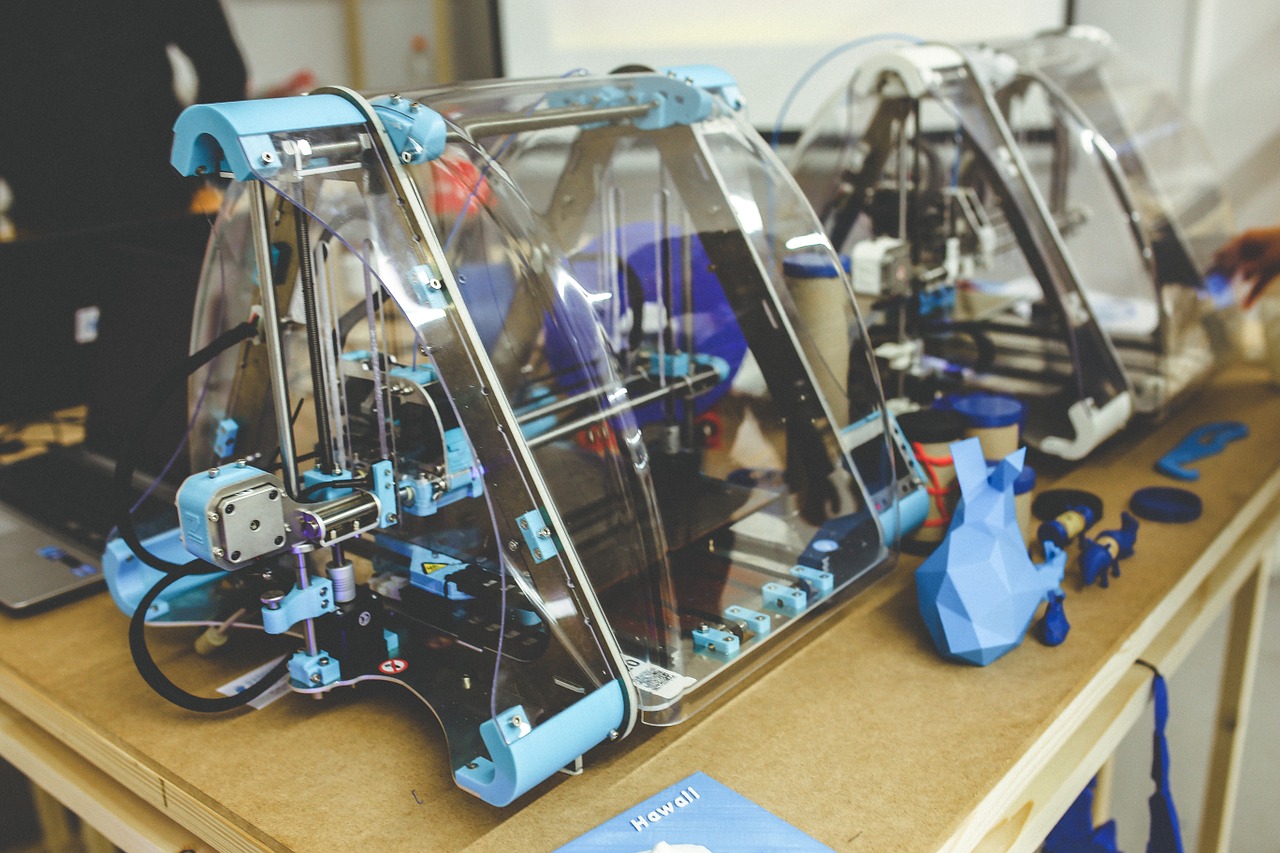When people think of the environmental impact of cars, they often focus on emission toxins and fuel consumption. What many fail to realize, however, is that cars make a significantly negative environmental impact even before their odometers start ticking. This is because the car manufacturing process and vehicle assembly plants themselves are major polluters. To combat this triple whammy on the environment, new strategies are needed that lesson the environmental impact while keeping production up.

A growing number of experts think the solution may include 3D printing.
3D printing is the action or process of making a physical object from a three-dimensional model, typically laying down many thin layers of material in succession.
“3D printing is a household term now,” according to Konrad Malik, CEO of RapidMake 3D Printing. “The technology is becoming more accessible to everyday users. That sort of access is important — it’ll allow consumers to participate in the 3D printing wave just as much as big companies, like those already taking advantage of this new tech in areas of sustainability efforts.”
And while the technology behind 3D printing is still evolving, the future looks bright in terms of the positive impact it could have on the environment, especially when compared to conventional manufacturing processes.
There is less waste associated with 3D printing, effectively eliminating the need for excess cutting, drilling, and milling. Less refining and assembly also means a reduction in storage before sales and distribution. And the plastics used to make 3D products are more environmentally friendly as well, making them a better choice for all stages of their lifecycle – from the initial printing stage to eventual disposal.
Konrad Malik is excited to see how 3D printing will increasingly impact every part of our lives. His company caters to both large-scale manufacturers, as well as those seeking small 3D printers for individual or home use, and he knows that the day is coming when everyone will have access to the technology.
“It’s mind-blowing to see the kinds of things people are doing with 3D. Prices for printers for the consumer market will continue to come down, so we’re going to see more and more great creative stuff happening with the technology down the road. I’m confident about that.”
Could 3D printed electric cars, televisions, homes, and computers really be on the horizon? Many experts think that they are.
“3D printing is set to change a great many business models and everyone needs to speed up their research into this technology,” Peter Sander, manager of emerging technologies & concepts at AIRBUS Industries, noted at a METSTRADE show. “There is also a direct impact on the way new products are developed. Instead of having to have the entire design parameters ready before going into production, you can make a 3D version in 48 hours, see how the design works in practice and then make a new one based on those experiences.”
With an array of downloadable patterns available, the sky’s the limit in terms of what people can make with 3D printers. Now that the technology is in the hands of everyday people, Malik says it will be interesting to see what kinds of projects and inventions they will use it for. The evolution of the technology has already come so far, he says.
“When I first got into 3D printing, it seemed the technology was strictly for large manufacturing. Companies were quick to jump on the technology because it cut production costs. Over the past couple years, 3D printing has exploded into all kinds of applications — medical devices, machine parts, you name it.
The technology has become accessible to individuals, as opposed to large businesses, and that’s really exciting.”





Leave a Comment